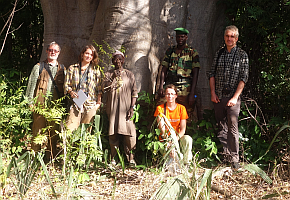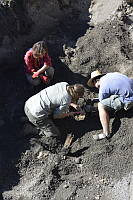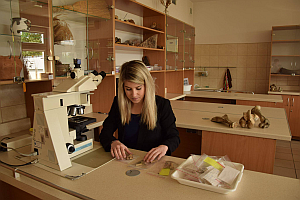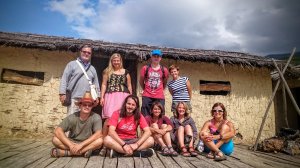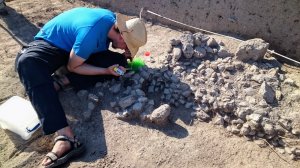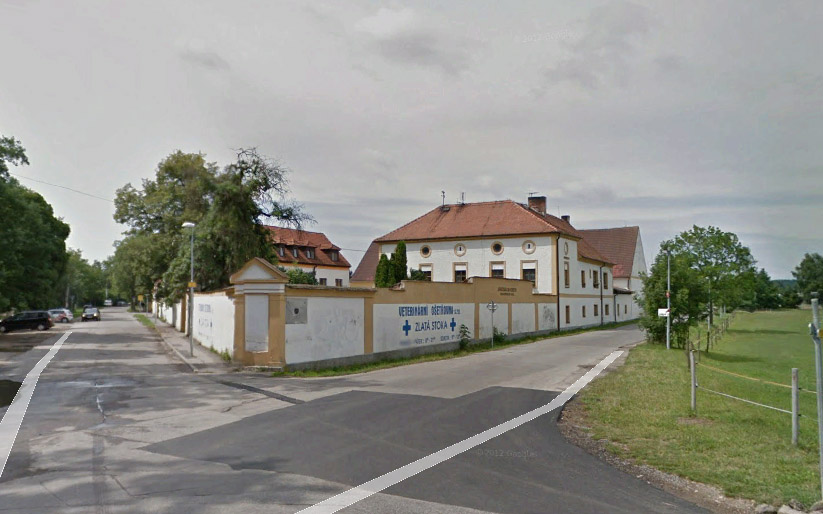About the LaboratoryOur laboratory's older web pages have not been updated for a long time. Please go to our new website
Laboratory of Archaeobotany and Palaeoecology (LAPE) is specialized research body of the university founded in September 2002 at the Faculty of Science, University of South Bohemia as part of the Department of Botany. Since 2014 LAPE is a separate department of Faculty of Science. Research activity of laboratory members is targeted at the area of bioarchaeology and palaeoecology, namely archaeobotany, archaeozoology, but also other specializations dealing with interaction between humans and environment in history. Bachelor, magister and doctor theses namely in botany, zoology and environmental archaeology are developed within the laboratory. In the case of environmental archaeology, laboratory closely collaborates with the Institute of Archaeology, Faculty of Philosophy. LAPE comprises research in the Czech Republic as well as abroad. LAPE also offers services for other research bodies. Besides consultancy concerning natural sciences in archaeology LAPE provides analytical work in several areas of bioarchaeology. LAPE co-edits the international journal Interdisciplinaria Archaeologica, Natural Sciences in Archaeology (IANSA). |
|||
|
|||
|
© 2013 LAPE | Administration |
|||
